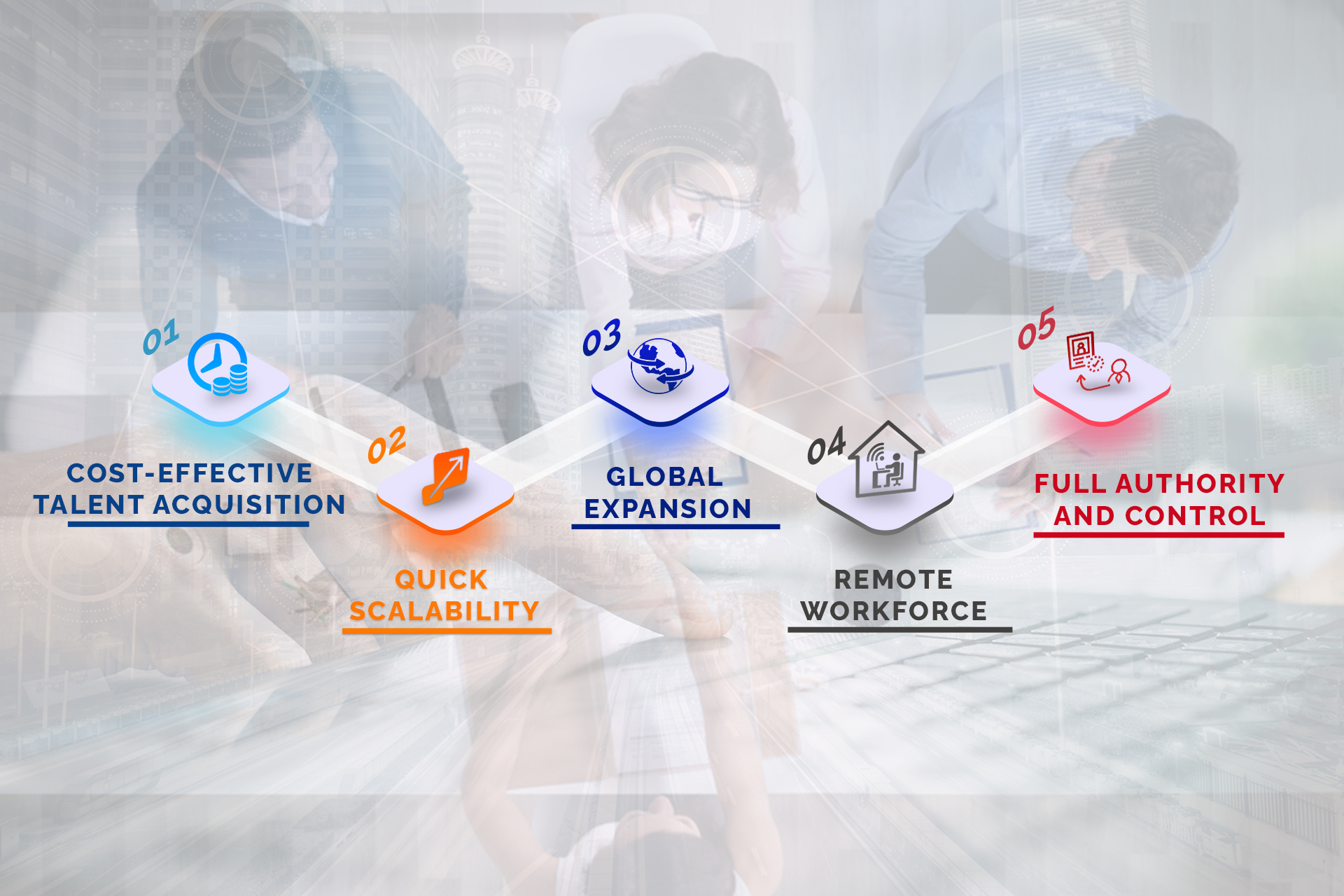
Upcoming trends in BPO
By Admin
With the world going remote, the business process outsourcing sector is showing clear signs of augmentation and growth.A report predicts that the global market cap of business process outsourcing will reach $241.2B by 2027 with a CAGR of 4.2%.
A few years back, BPO was considered a traditional service sector business. It was also believed that BPO services are only viable for large and enterprise businesses. Fast-forwarding to now, the BPO industry has largely changed. Almost every belief is proven wrong by the growth and advancement of the BPO sector.
Upcoming trends in BPO clearly show the space for expansion of the sector. To give a brief idea about the paradigm shift in the BPO sector, startups are inclining to avail BPO services, the scope of BPO is now past the call centers, many enterprises prefer dynamic staffing to hire top quality talent, and much more.
Let’s have a detailed look at how the trends that are expected to drive the BPO sector in the upcoming time:
-
1. Automation in BPO Process
Human Resources are the heart and soul of all BPO services. This might change soon. RPA (Robotic process automation) is taking over the BPO processes. Processes are not being run without human intervention. The repetitive tasks are now automated via artificial intelligence and robots.
Leveraging automation is also lowering the cost of BPO services hugely. This has opened up a floodgate for new customers in the form of startups and small businesses. This is what brings us to the second point.
-
2. Startups & SMBs are now inclining to avail themselves the BPO services
As mentioned in the previous point, the technological advancements & digitization in the BPO sector have a huge impact on cost. Lower expenses have made BPO services a lucrative option for startups and small businesses. The demand surge for the BPO services like recruitment, customer service, procurement, data scrapping, and data entry has increased exponentially for BPO services, especially among startups.
Lately, it has been accepted that the dynamic model of the BPO falls perfectly in line with the dynamic nature of the operation of startups.
-
3. Rising need of dynamic staffing
In the era where workplaces are becoming remote, dynamic staffing is the need of the hour. Dynamic staffing comes in handy while hiring specialized resources. While outsourcing dynamic staffing to a BPO service provider, you also outsource all the compliance and recruitment hassles.
Dynamic staffing allows you to hire specialized resources for a short period. The BPO service provider takes care of the training, compliance, salaries, and everything else for the resource hired working for you, letting you focus on core business activities.
-
4. Omni-channel planning & cloud integration
The BPO services are now well integrated. Business operations are closely coupled and aligned with each other. Outsourcing a few procedures and having certain functions in-house can cause many redundancies. Nowadays, all the companies planning to outsource plan holistically.
Along with omnichannel planning, emphasis is laid on cloud-based applications to manage outsourced operations. Applications and software used to perform outsourced services are directly integrated with the cloud to create organisation-wide access to reduce errors and redundancies.
-
5. Improved transparency
Lack of transparency is one of the biggest challenges when outsourcing business processes. The BPO service providers know this, so they are focusing on building operations and technology that can let their clients connect and oversee them better.
Improving transparency for outsourced services can be a game changer for the BPO sector.
That was all about the upcoming trends in the BPO sector. If you are looking for a highly competent BPO service provider to cater for your business needs, check out our BPO service offerings and don’t hesitate to contact us.
Insights
Insights into
our World
A view of the ever-evolving digital world through our screens




















































































































